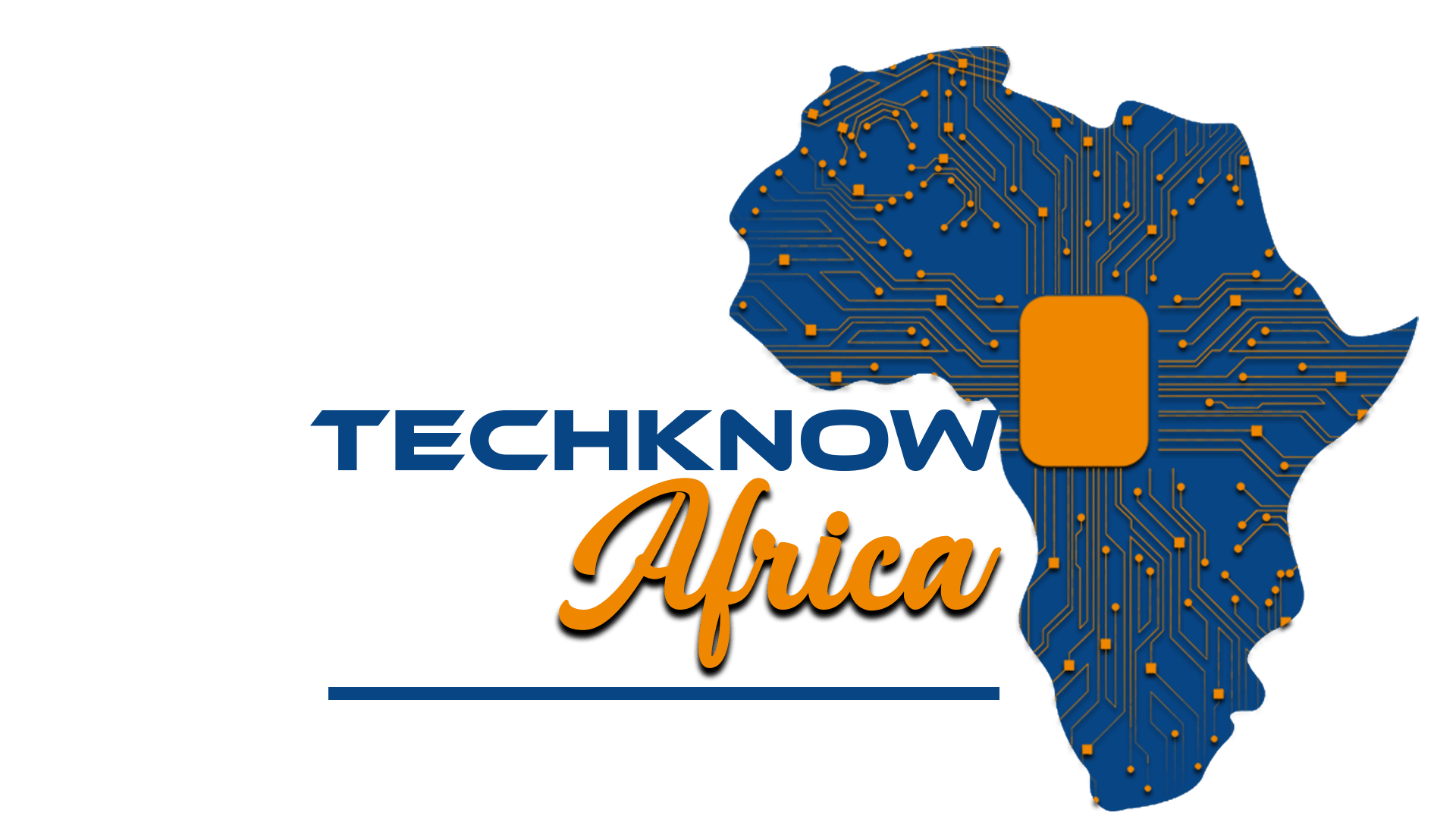The Treasury will guarantee mobile phone loans given to small traders in a bid to increase supply of credit under a scheme where the State will also pay part of the defaulted loans.
Mobile phone-based lending and sacco loans will be made part of the State-backed Credit Guarantee Scheme after only a handful of small and medium-sized businesses accessed the State-backed loans.
The State now seeks to exploit the growing appetite for mobile loans to boost credit to the small traders, who account for more than 80 percent of all the businesses in the country and provide about 75 percent of jobs.
The scheme, whose first phase was rolled out in December 2020 with seven commercial banks on board, aims at derisking lending to credit-starved micro, small and medium enterprises (MSMEs).
The Treasury initially allocated Sh3 billion capital to the scheme in the financial year ended June 2021, but only 334 businesses tapped Sh634.5 million.
Digital lenders, offering quick and collateral-free credit to the largely unbanked, have provided millions of Kenyans access to finance to pay for everything from medical bills to school fees and capital for their businesses.
Economists have hailed them for boosting financial inclusion in a nation where only about 40 percent of people have a bank account.
Now, the Treasury is seeking to boost the supply of State-backed microloans through mobile phones and other digital platforms.
The Treasury will cover 25 percent of the credit in the event of default of the loan, which has a limit of Sh5 million per borrower with a repayment period of 36 months.
“We want to take advantage of the ICT infrastructure that is there amongst the telcos, which are also regulated (to broaden coverage of the scheme). The next coverage will, therefore, include saccos, microfinance institutions and, thereafter, the telcos,” director-general for Budget, Fiscal and Economic Affairs at the Treasury Albert Mwenda told the Business Daily.
“Our expectations (for rollout of the second phase) is within this year, but you see there are those factors such as certain approvals that are beyond us.”
Some Sh1 billion has been added to the scheme in the current year, bringing the total budget to Sh4 billion, with plans to scale it up to Sh10 billion in the medium term.
Seven banks – KCB , NCBA , Co-operative , Absa , DTB, Stanbic and Credit Bank – were signed up during the first phase of the scheme.
The planned inclusion of digital lenders to the scheme comes weeks after President Uhuru Kenyatta approved a change in law that will allow the central bank to regulate mobile phone loan providers, a move that gave the regulator powers to rein in lenders who violate consumer privacy.
This means the Treasury will have a larger pool of digital lenders to use for disbursement of loans under the credit guarantee scheme for small and medium-sized businesses.
Users of mobile phone-based micro-lenders, which include the Silicon Valley-backed Tala, have surged to two million in 2019, from 200,000 in 2016, the central bank says.
Up to December 2021 when the new law was approved, the dozens of lenders were not covered by any of the existing regulations.
In addition to charging high-interest rates, consumers say the digital lenders have been infringing on their data privacy by bombarding people on their mobile phone contact lists with calls and messages when they default.
Mr Mwenda says the low uptake of the loans during the first phase of the scheme in a country of more than seven million MSMEs was expected.
He also cites low demand for goods and services because of Covid shocks as well as the need to build capacity and create awareness.
“Businesses and schools have now opened, while hotels, accommodation and tourism are also picking up. As demand picks, businesses will also respond to that demand,” Mr Mwenda said.
“So demand (for credit) is now high and the information I have is that last December alone, the disbursement was in the upward of Sh400 million. Going forward, it looks like it would get better and better.”
Small and medium businesses have long complained about a lack of access to credit, or of being charged high interest rates due to a perception by lenders that they are too risky.


